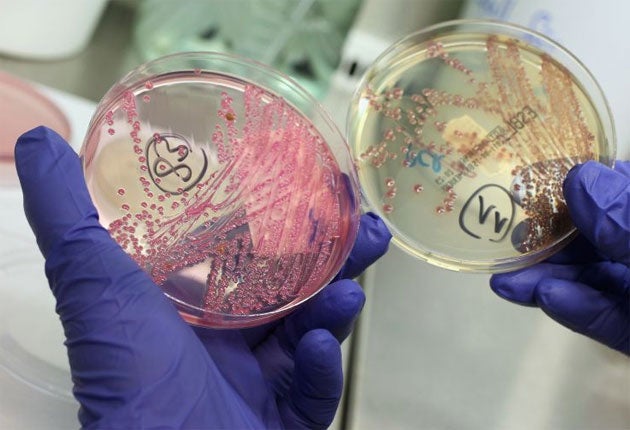Rapists could be caught in the future by analysis of their pubic microbes
New study shows microbes can be different enough to identify individuals

Sex crimes could be solved in the future with the help of a new technique for analysing the microbial communities living within pubic hair, scientists said.
A study has found that the variety of bacteria living in pubic hair is different for men and women and can even be different enough for experts to distinguish between individuals.
The researchers believe that stray pubic hairs left at a crime scene could help to identify a rapist even if he had used a condom to prevent DNA fingerprinting of his semen.
“The advent of DNA profiling has resulted in an increase in sexual offenders using condoms, which they take away, post-assault,” said Silvana Tridico from Murdoch University in Perth, Australia.
“The implication of this present study is that the transfer of bacteria between victim and offender, in rape cases, may provide a new way of linking the offender to the victim, in instances in which no human DNA is transferred,” Dr Tridico said.
Although it is possible to carry out DNA profiling directly on human hair, this is severely limited if the hair was simply shed, leaving behind its root which contains living cells, the researchers point out in the study published in the journal Investigative Genetics.
In the study, the scientists analysed the variety of microbes living on the hair of seven individuals – three men and four women – taken from both the scalp and the pubic region. In contrast to the scalp hair, the pubic hair harboured distinct communities of microbe, with around 73 different varieties in men and 76 varieties in women.
Two of the volunteers – a cohabiting couple – had more similar microbial communities than the other men and women. They had sexual intercourse 18 hours before the hair samples were taken, suggesting an exchange of microbes had taken place during sex, the scientists said.
Join our commenting forum
Join thought-provoking conversations, follow other Independent readers and see their replies
Comments
Bookmark popover
Removed from bookmarks